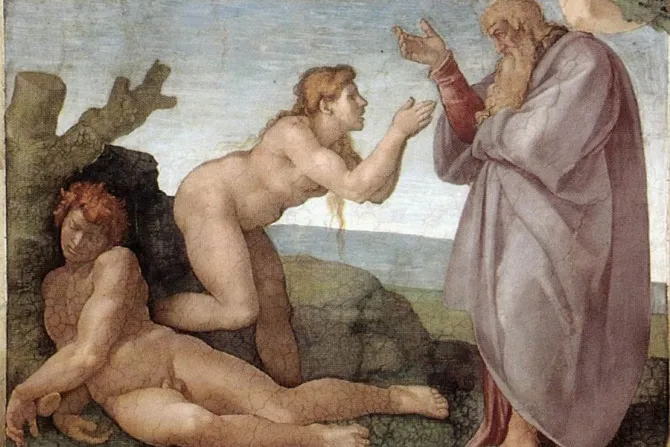 |
| Incorrupt Body of St. John Vianney in Ars, France |
From Catholicism:
It is no surprise that in [St. John Damascene's] other masterpiece, On the Orthodox Faith , this eighth-century apologist gives us a beautiful defense of saints’ relics based on the fact that “through their minds God has also dwelt in their bodies.”
What’s the common thread uniting icons and relics? It is that God has sanctified stuff — matter, as we call it — and has chosen to give us divine assistance through its use. In his defense of relics, St. John goes on to cite the same passage from First Corinthians that the fathers of the Council of Trent did, in this excerpt from the Council’s 25th session: “the holy bodies of holy martyrs and of others now living with Christ — which bodies were the living members of Christ and ‘the temple of the Holy Ghost’ (I Cor., vi, 19), and which are by Him to be raised to eternal life and to be glorified, are to be venerated by the faithful85”
Like St. John, who points out miracles worked through the relics of the saints, the Council goes on to state a reason why the relics are to be honored: “for through these [bodies] many benefits are bestowed by God on men85” The fact that relics were used by God to bestow benefits on men is clearly to be seen in the inspired history of the Bible.
In the Fourth Book of Kings (or Second Kings, in Protestant Bibles), the story is told of Elias (Elijah) the Prophet being taken up to heaven in a fiery chariot. Eliseus (Elisha) the Prophet, who inherited his spiritual father’s “double spirit” — the legal prerogatives of firstborn son — took up the mantle of Elias which had fallen in the violence of the whirlwind. “And he took up the mantle of Elias, that fell from him: and going back, he stood on the bank of the Jordan; and he struck the waters with the mantle of Elias, that had fallen from him, and they were not divided. And he said: Where is now the God of Elias? And he struck the waters, and they were divided hither and thither, and Eliseus passed over” (4 Kings 2:13-14 / KJV: 2 Kings 2:13-14 ).
Elias had, previous to his being taken up, worked the same miracle using his mantle (2:8). This is how the two prophets ended up on the side of the Jordan they were on when the fiery chariot came. After Elias’ prodigious departure, the relic of his mantle became Eliseus’ “passport” to get back to the other side. Here is a concrete instance of God bestowing a benefit on men through a relic.
The next Old Testament relic apologetic also involves Eliseus. Here, the relic is not a garment, but the prophet’s dead body: “And Eliseus died, and they buried him. And the rovers from Moab came into the land the same year. And some that were burying a man, saw the rovers, and cast the body into the sepulchre of Eliseus. And when it had touched the bones of Eliseus, the man came to life and stood upon his feet” (4 [KJV:2] Kings 13:20-21).
There is no denying that the inspired history relates a cause-and-effect relationship between the dead man’s body touching the corpse of Eliseus, and that man’s resurrection.
Before proceeding to the New Testament, we cite one more B.C. proof: God chose to work many and great miracles through the Ark of the Covenant. What did the Ark contain? Relics. In it were found the tablets of the Law, the Rod of Aaron, and a jar of manna from the Israelites’ wandering in the desert. (Read more.)





















